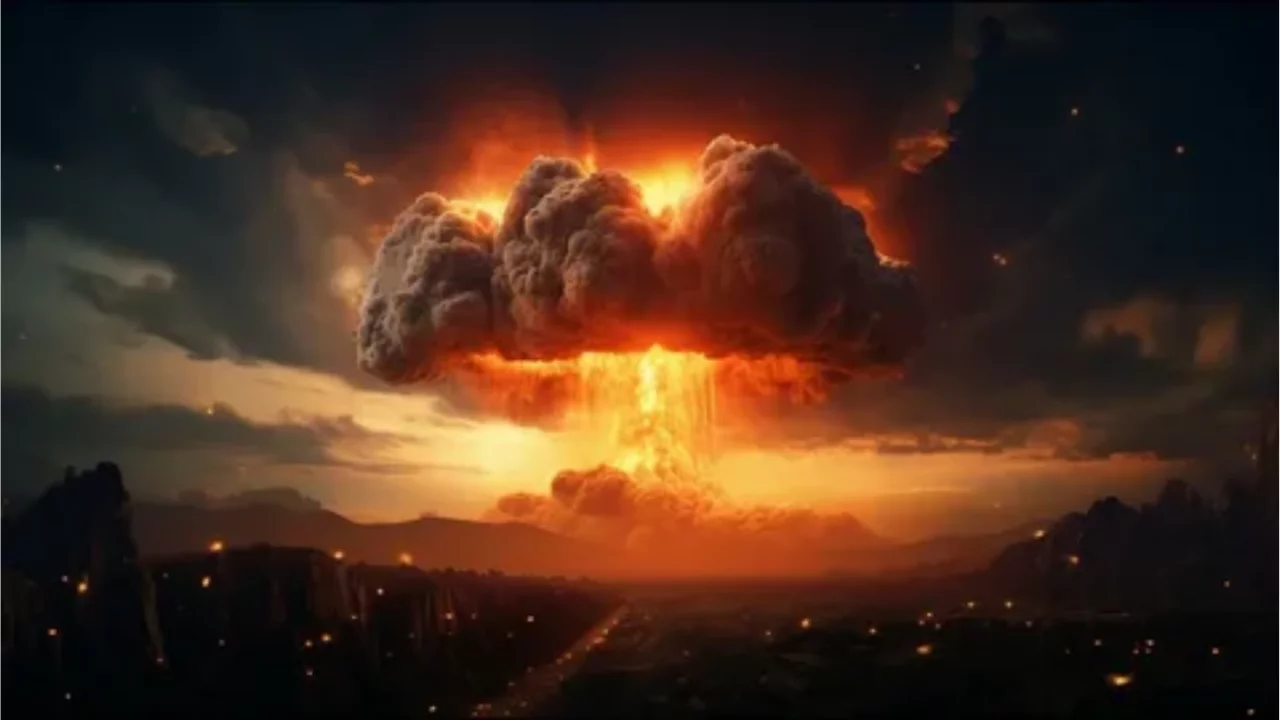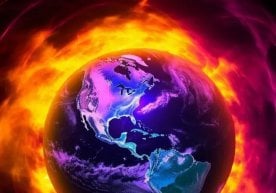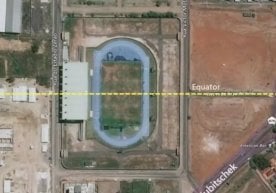
Amid rising international political tensions in recent years, the possibility of nuclear war has become one of the greatest threats facing humanity. A recent simulation conducted by a reputable international scientific team has provided a clearer picture of the potential consequences of such a disaster.
According to the study, in the event of a global nuclear conflict, around 360 million people would die directly from the explosions. However, the catastrophe wouldn’t end there. The nuclear strikes would send more than 165 million tons of smoke and dust into the atmosphere, significantly reducing the sunlight reaching Earth’s surface. This would trigger an ecological disaster known as a “nuclear winter” — a period marked by falling global temperatures, droughts, agricultural collapse, and widespread famine.
As a result of this nuclear winter, up to 5 billion people could die from starvation, according to scientists’ estimates. This would be the largest catastrophe in human history. The enormous scale of this damage highlights both the global interconnectedness of food production systems and the extreme sensitivity of the climate balance.
Who might survive?
Researchers believe that only countries like New Zealand and Australia — which are geographically distant from nuclear powers, have temperate climates, and maintain independent food systems — would stand a real chance of survival. These nations would be relatively shielded from radiation due to the influence of ocean currents and wind patterns.
In many other countries, survival might still be possible, but people would be forced to live underground with severely limited food supplies. Read “Zamin” on Telegram!
Ctrl
Enter
Found a mistake?
Select the phrase and press Ctrl+Enter Related news













